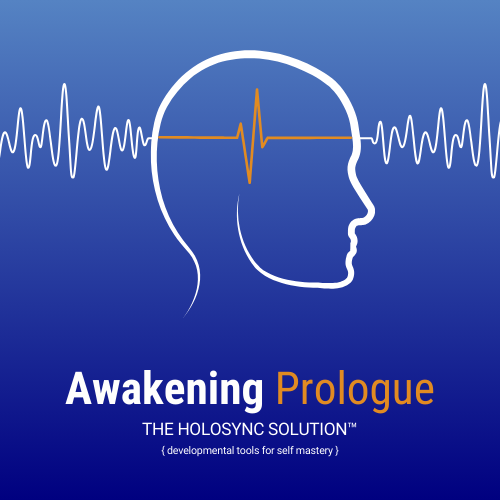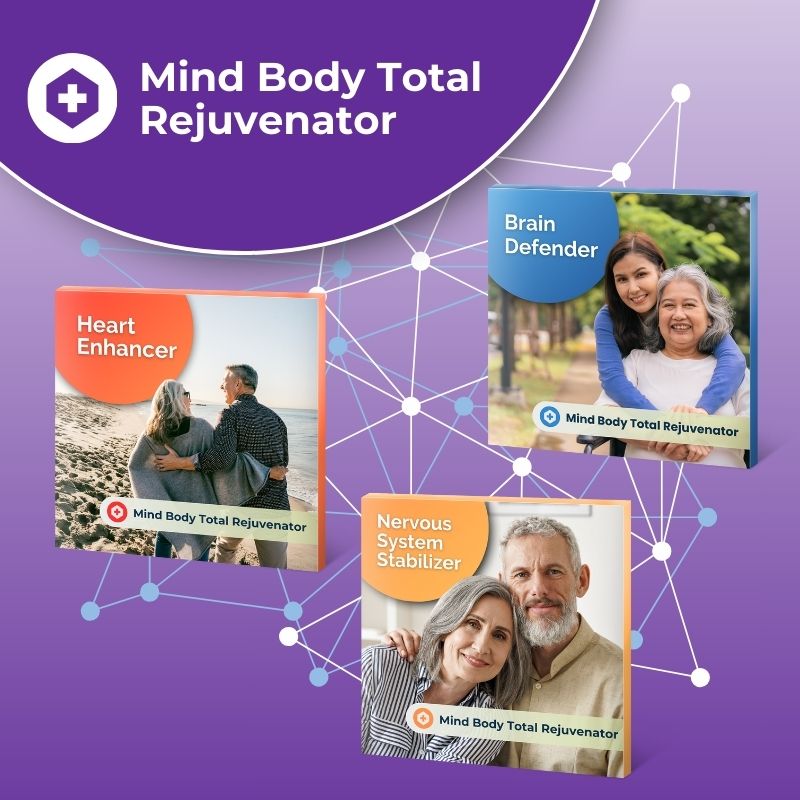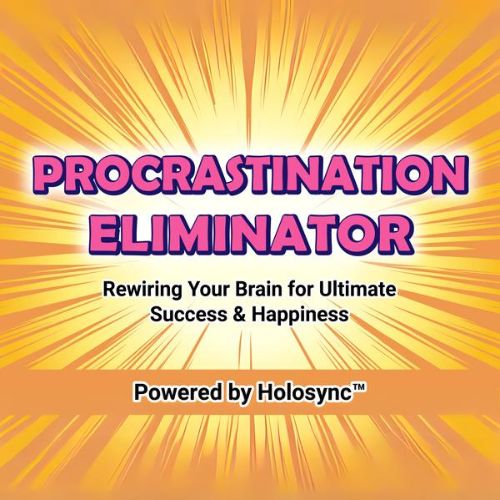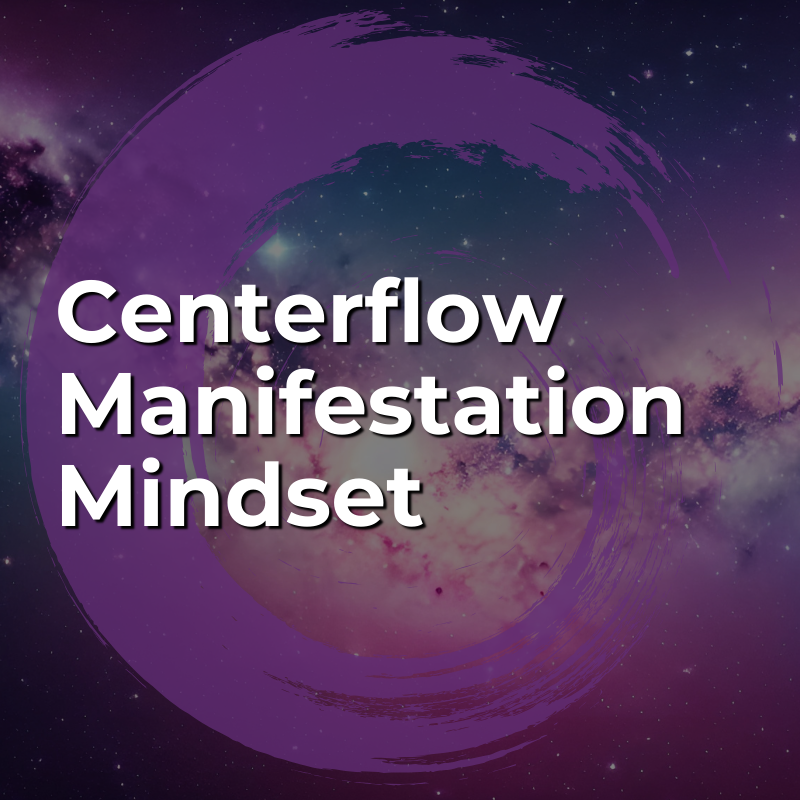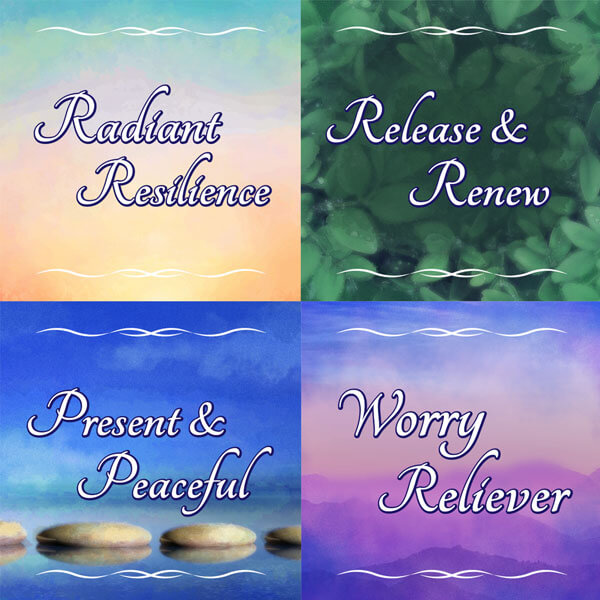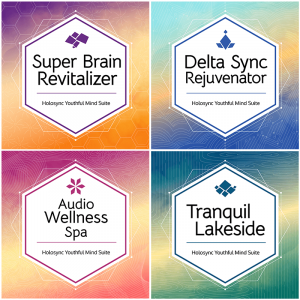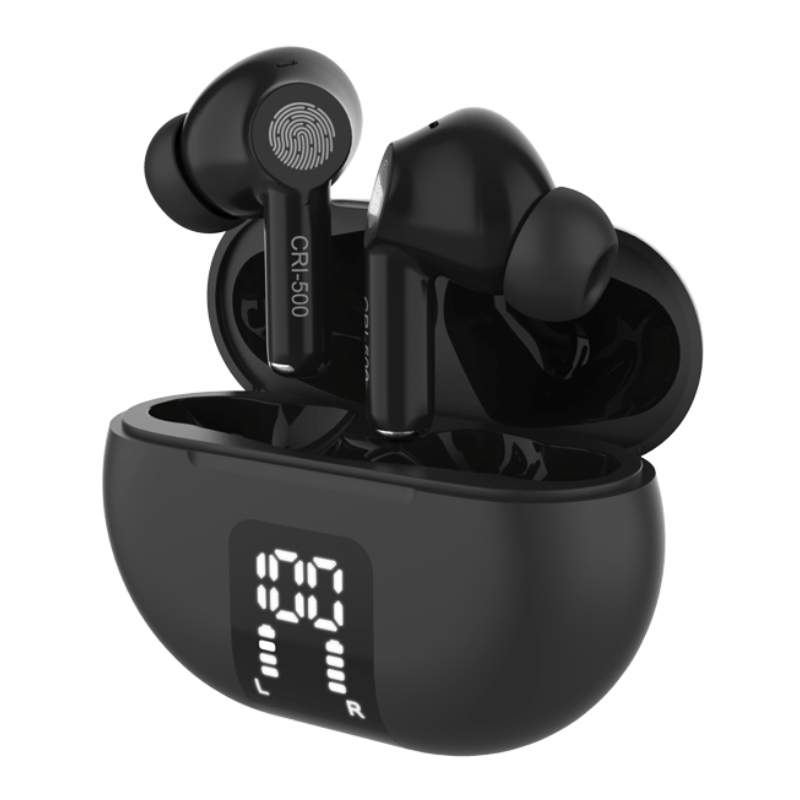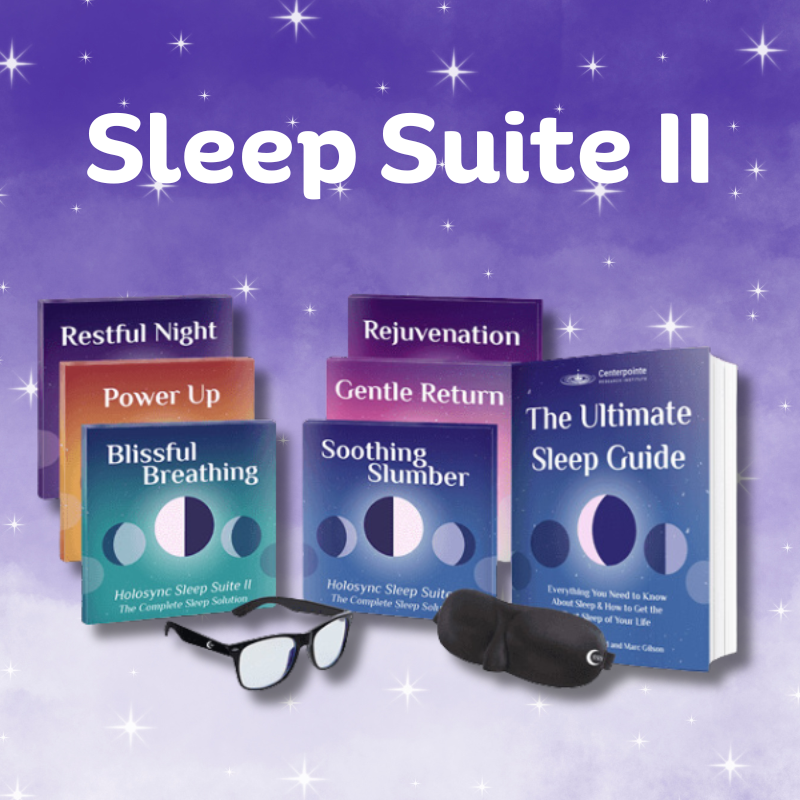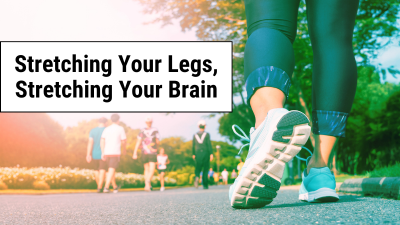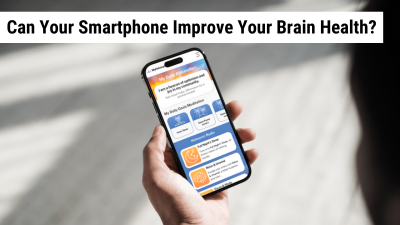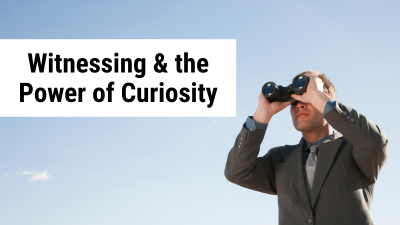
Issue #407 – Monday, January 22, 2024
The Power of Daydreams
How Boredom Improves Your Brain
By Ryan Standifird
When was the last time you were bored?
Maybe you were looking out the window on a long bus ride, or in line at the grocery store, or waiting for your name to be called at the doctor’s office.

What did you do during those moments?
Most people will say that they read a book, or scrolled through social media, or listened to music or even played a mobile game.
And perhaps a few folks...
…just sat quietly, let their mind wander, and enjoyed a small daydream.
Do you daydream these days?
I know I used to do it all the time before I got my first smartphone. But now it seems like my daydreams are few and far between.
All those boring moments of my life where I used to daydream are now filled with a phone screen, social media posts, funny videos, distracting games and silly memes.
And that’s a real shame because the latest studies show that daydreaming actually has a ton of benefits.
Of Mice & Daydreams
A recent study out of Harvard Medical School has - for the first time - started to plot the exact neural processes involved during daydreams. The goal was to see whether daydreaming affected brain plasticity - the ability for the brain to grow and change.
They experimented by showing mice two different images and capturing the pattern of neurons that lit up in the visual cortex associated with each image. They found that each image had its own unique pattern.
But what was interesting was that during other times of the day - especially in the morning - the mice would think about the images that they had seen the day before.
They were daydreaming about the images, and the same patterns would light up in the visual cortex!
But this is where it gets interesting.
See, while the mice were daydreaming, the patterns would change a little bit - a process called “representational drift.”
The patterns associated with different images would become more and more distinct from each other. The brain’s perception of the images was changing!
And then when the mice would see the images again after the daydream, the patterns that lit up in their brains would also change in-line with the daydreams!
"When you see two different images many times, it becomes important to discriminate between them,” said lead author of the study, Nghia Nguyen, a PhD student in neurobiology. “Our findings suggest that daydreaming may guide this process by steering the neural patterns associated with the two images away from each other."
These tests are showing that daydreaming plays a crucial role in our ability to digest and contextualize information, allowing for a deeper understanding and distinction between them.
So how does this relate to you and your life?
What are the real benefits of daydreaming?
The Benefits of Daydreams & Mind Wandering
In Johann Hari’s book, Stolen Focus: Why You Can't Pay Attention--and How to Think Deeply Again, Hari admits that he’d always thought daydreaming (or mind wandering as he refers to it) was something to be avoided. To him, it was wasteful to not be focusing on something, whether it’s reading, writing, or even scrolling through social media. He didn’t want to miss anything.
But once he took the extreme measure of secluding himself on an island with no access to the internet or his smartphone…
…he began to see the benefits of mind wandering.
Hari would go on hours-long walks on the beach, thinking of nothing in particular, and when he returned to his beachside cabin he found that he was filled with a level of inspiration and creativity that he hadn’t felt in years!
What was happening?
According to Nathan Spreng, Professor of Neurology at McGill University (who Hari interviewed for his book) this was because mind wandering and daydreaming give the brain space to start to make connections between ideas that might have previously been unrelated.
It was representational drift - though more complex.
“Creativity is not [where you create] some new thing that’s emerged from your brain,” Spreng said. “It’s a new association between two things that were already there.”
Spreng claimed that during our daydreams, the mind is not locked into the present moment and instead is free to “time travel” to reflect on the past or even predict the future.
He goes on to reference all sorts of inventions and breakthroughs that occurred - not when the inventor or scientist was hard at work in the lab - but rather when they were on vacation, relaxing on the beach, letting their minds wander.
This idea is further expanded upon by Professor of Psychology Jonathan Smallwood (also interviewed by Hari). Smallwood said that our brains use mind wandering to contextualize events. It allows us to form perspectives and connections to the present moment and apply meaning to that moment.
Smallwood also mentioned that the better your mind wanders, the better you are at having organized personal goals, being creative, and making patient, long-term decisions.
(If these benefits sound familiar, it’s because they are also functions of your prefrontal cortex - the part of the brain that is improved by meditation.)
The Dangers of Daydreaming
Wow, so daydreaming and mind wandering sound great, right? We should do it all the time!
Well, as it turns out, daydreaming can actually be a double edged sword.
You see, in a wide scale survey of happiness levels for different activities…
…
daydreaming actually scored really low on the happiness meter.
Why?
One word: Stress.
If you’re stressed out, the LAST thing you want to do is let your mind wander. That’s because a carefree daydream could easily turn into a ruminating nightmare when stress is involved.
So how can you get the benefits of daydreaming while avoiding falling into a pitfall of rumination?
Tips to Daydream Safely
Here are some tips you can use to improve your daydreaming experience:
Tip #1: Daydream in Nature
It’s well documented that nature has a stress-reducing effect. It also has been shown to inspire awe and wonder, which can really get those creative juices flowing. And you’re likely to be getting some physical activity in as well if you’re taking a walk through the park or hiking up a mountain.

Tip #2: Set a Positive Intent
Before you start daydreaming, set a positive intent or theme. It could be recalling a happy memory, imagining a desired future event, or contemplating a scene that brings you joy. This acts as a guide for your daydream and helps prevent your mind from wandering into stressful or anxious territories.
Tip #3: Meditate Daily
Meditation is one of the most effective ways to relieve stress while also building up resistance to it. Studies show that meditation enhances the prefrontal cortex - the part of the brain most involved with organized personal goals, creativity, and making patient, long-term decisions - all things that a positive daydreaming experience contains. (I’ll go over a quick shortcut you can use to meditate effectively in just a second.)
Giving Space to Daydream
Now that you know how beneficial daydreams can be, I hope that the next time you feel boredom creeping in, you’ll leave your smartphone in your pocket and instead let your mind wander.
You might be surprised what happens when you give your mind the space to daydream.
P.S. By the way, if you want an easy way to meditate and improve your resilience to stress, check out Resilience Restorer - a powerful soundtrack from the Beautiful Brain Holosync collection.
Resilience Restorer improves your brain’s flexibility and stress-resistance so that your daydreams stay pleasant and productive.
You can learn more right here.
Check It Out!
Beautiful Brain
Did you know that most people have a brain that has a “Brain Age” that’s OLDER than their body?
But now we’ve made it easy to turn back the clock with our newest Holosync collection:
Beautiful Brain
By harnessing the power of brain balance, clarity, and resilience, Beautiful Brain will help you:
And much more!
You see, “anti-aging” isn’t just for your skin.
Now you can create the kind of healing and rejuvenation your brain needs to reclaim its vitality, its wit, its energy, its inspiration and its power.
And the sooner you start, the sooner you’ll see results.
Wise Words
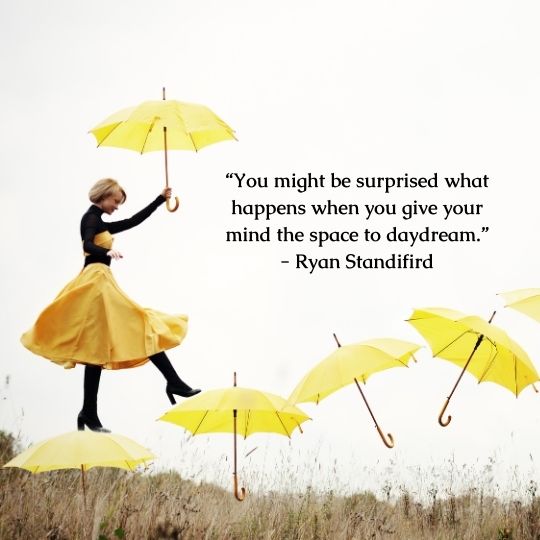
This Really Happened
Day 1. Whilst listening to the holosync audio l felt alive again on the inside. Felt like a switch had been turned on and everything inside me was firing on all cylinders which was a fantastic feeling.
~Bec M.
5-Day Challenge Participant
In Case You Missed It - Listen to It!
Slow Cooking Your Problems
The Art of Patience in Problem-Solving
By Marc Gilson
January 1, 2024
We Want to Hear From You!
When was the last time you daydreamed?
Post your story on our Facebook Page.
Not on Facebook? Tell me about the impact that meditation with Holosync has had on your daily life. Stress? Sleep? Weight Loss? Focus? Spiritual Connection? Other? Email your story here.







